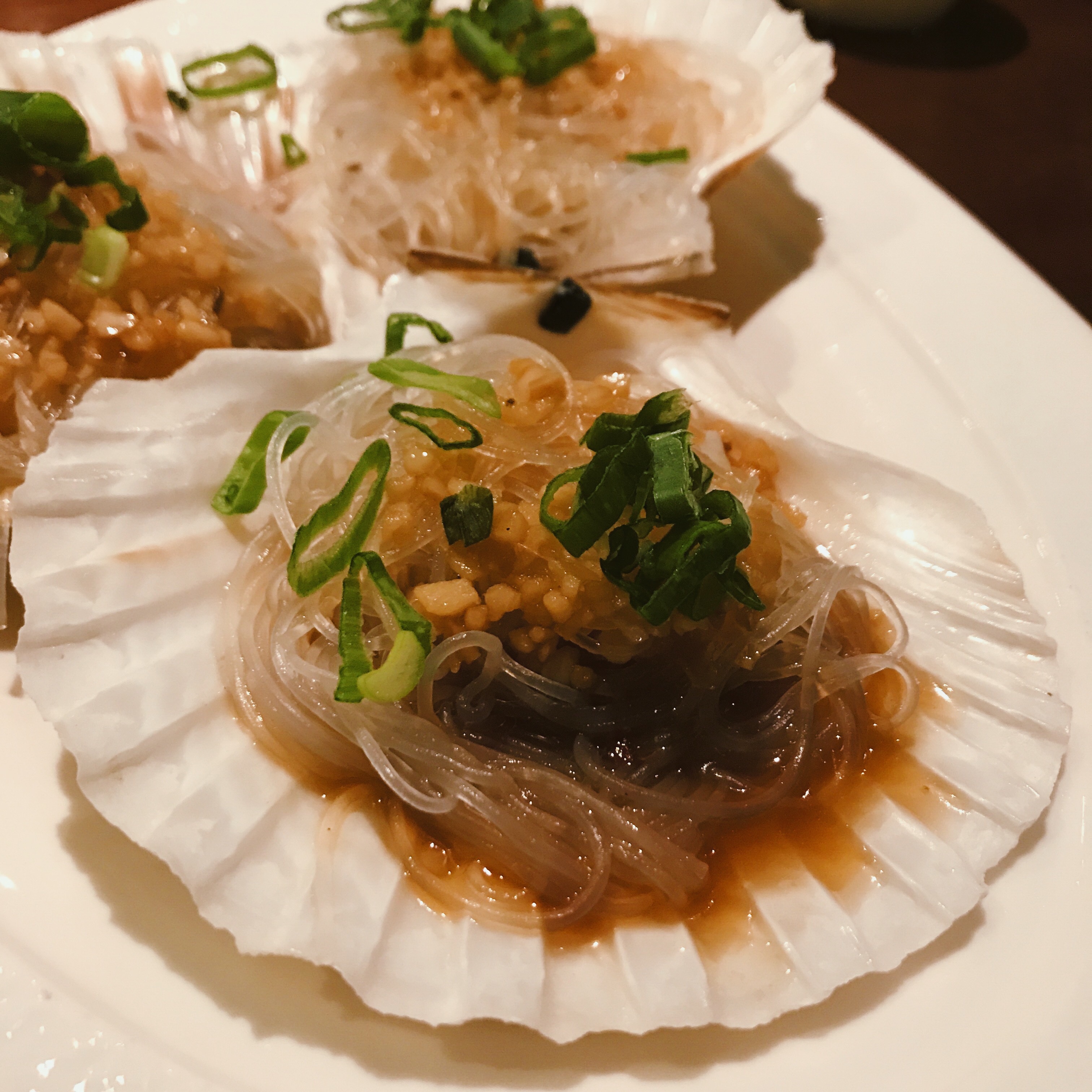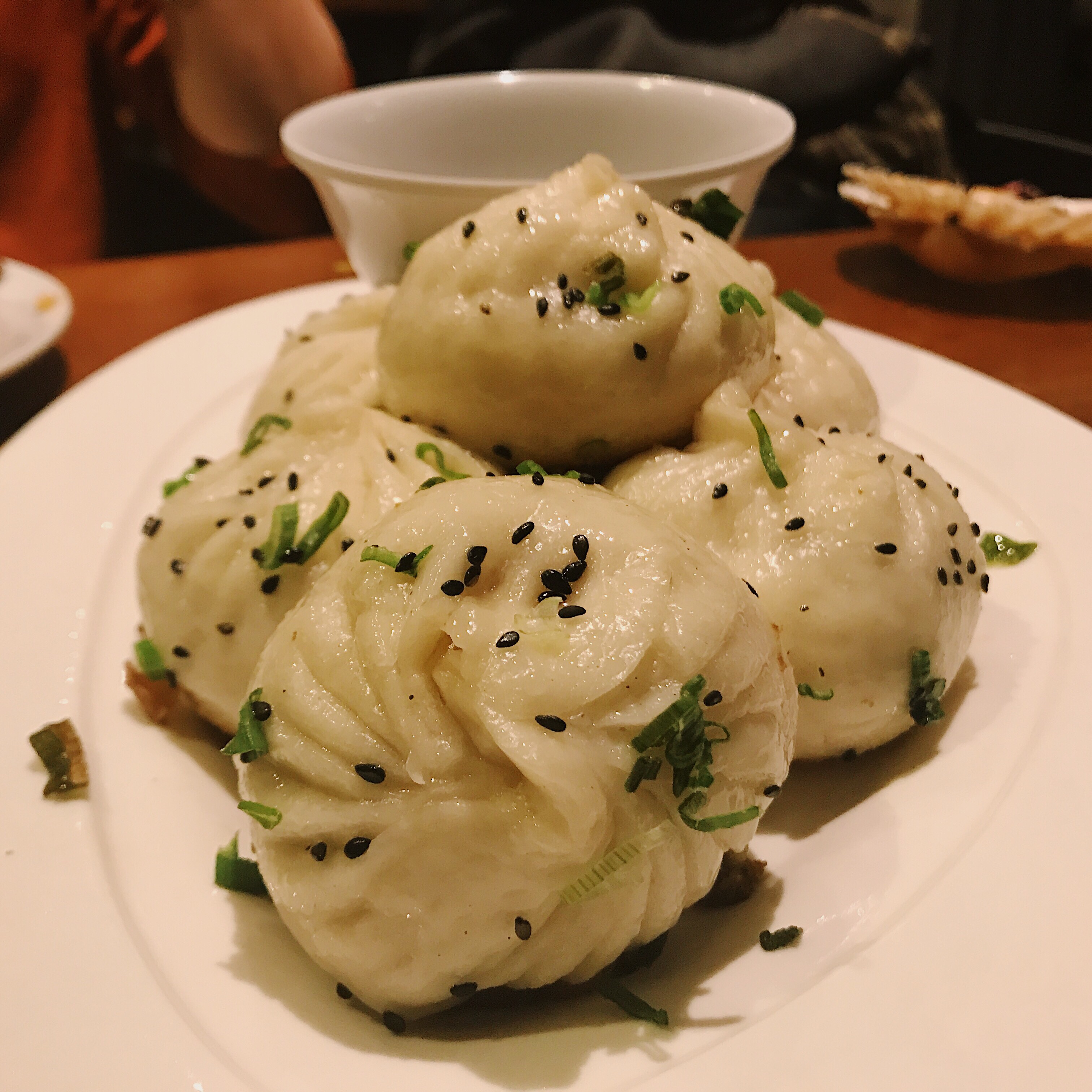Authentic Sichuan cuisine arrives just north of King’s Cross in the form of a crazy sea bass – 8.5/10
I have never spent much time exploring the King’s Cross/Caledonian Road food scene, besides German Gymnasium and the cluster of restaurants in Granary Square. The two other places I know are both quite peculiar – a cosy Georgian place called Iberia (294-296 Caledonian Road, N1 1BA), where I go every six months to get my fix of khachapuri, khinkhali and shashlik, and Addis (40-42 Caledonian Rd, N1 9DT), where a vegetarian friend once took me for my first taste of Ethiopian cuisine. With the addition of Kaki just on the brink of Regent’s Canal, it is an area worth exploring more.
I’ve always thought that London suffers from a lack of authenticity in most of its Chinese restaurants. A few years ago, I was lucky enough to spend some time in Xi’an (just north of Sichuan), famously the starting point of the Silk Road. Wandering the streets of the ancient walled city, munching bright orange fried shi zi bing (persimmon cakes) and tucking into hearty bowlfuls of yangrou paomo (mutton stew ladled over chopped-up leavened bread) opened my eyes to the full variety and depth of Chinese cuisine beyond the sweet-and-sour chicken I was used to as a kid from my local Oriental Cottage. It is rare to find Chinese food as authentic as that in London. For the curious among you, my favourite introduction to Sichuan cuisine is this 2014 Serious Eater article.
As in all the best Chinese restaurants, the decor at Kaki is plain and the portions are comically huge. You’ll need a group of at least four (and probably repeat visits) to do the menu justice without worrying about food going to waste. Service in Chinatown is often poor by our standards; not unfriendly as such, just direct and no-frills. Our waitress, however, is a delight, gently asking if we would like forks instead of chopsticks. My friend’s polite reply in Mandarin that forks would not be required leads to a lot of giggling and subsequent excited conversation about the rest of the menu, once we have proven not to be complete novices.
The Sichuan hot and spicy lamb ribs arrive first and are my favourite dish by far: everything that I love about Sichuan food rolled into a single plate. The ribs are chopped roughly into chunks, some bone-in and some all-meat, covered in a velvety layer of fat. Heaps of chillies and Sichuan peppercorns sizzle and numb our mouths, a powerful sensation known as “ma la“. A final sweetness from the sauce is irresistible. We demolish it in seconds, playing hide-and-seek with the last pieces of lamb and, to our shame, cleaning the bones as well.

Next, three beautiful steamed scallops with glass noodles and garlic, each served in its own brilliant-white shell with a spoonful of slurpy broth. I’ll admit we were initially hesitant at ordering scallops in a Chinese restaurant, unjustly only associating them with being pan-fried with chorizo at a gastropub or “modern European” restaurant. Our hesitancy is misplaced: the soft, meaty scallops give way in our mouths and the delicate noodles get an extra bite from crispy nuggets of garlic.

Our waitress tells us that the Suzhou sweet-and-sour “squirrel fish” is a specialty not usually on the menu, so we decide to try it. A whole sea bass turns up, butterflied and battered in cubes still on the skin, drenched in a bright orange sauce, with its head, tail and fins rearranged to form a kind of squirrel/rabbit-like chimera, and a few rogue peas thrown in for good luck. The whole thing is a bit bizarre, but great fun. We pull the little cubes of fish off with our chopsticks and use them to mop up the sauce.

Finally, a plate of huge Shanghai pan-fried buns stuffed with pork. We were not expecting these, as we had ordered the xiao long bao – steamed soup dumplings, which are significantly smaller than the challenge now presenting us.* Personally, I would have preferred them as a starter, having only ever had them before for breakfast from food stalls in Shanghai. The dough is a little too thick, but crispy enough on the bottom.

We also ordered the dry-fried green beans with minced pork, which are usually a recurring order for me at Sichuan restaurants, either as a basis for comparison or just because they are bloody delicious. They don’t appear – maybe our Mandarin wasn’t as good as we thought it was – but frankly, we are relieved, as the enormous buns had completely finished us off.

A couple of things were clearly lost in translation on our visit, but we didn’t care. The food is authentic, satisfying and we left craving more. Granted, we didn’t go all out and order the “seafood, boiled blood and ox tripe in chilli soup” or “dry-fried pork intestines”. I’ll leave those until I feel more adventurous…
There’s always a lot to be said for white tablecloths, Michelin stars and gastronomic experimentation, but sometimes there’s even more to be said for soul-warming Sichuan cooking, cold beers with your friends and searing spice that makes your nose run. A feast for three with a couple of giant Tsingtao beers cost us £93. I will be back within the month to commence another assault on the rest of the menu.
Overall: 8.5/10
P.T.
A Moveable Feast
* On a second visit, I managed to try the xiao long bao. Sadly, the dough was too thick and undercooked and the filling was bland and devoid of any soup at all. With Din Tai Fung now in town, I honestly hope that Kaki doesn’t try to compete and just sticks to what it’s good at – because it is very good indeed.
(Featured image courtesy of Kaki)

[…] I mentioned in my review of Kaki, I am often a little disappointed in London’s Chinese food. I am by no means an expert, but […]
LikeLike
[…] a great addition to London’s burgeoning Xi’an food scene and a bit more accessible than Kaki (Caledonian Road) or Xi’an Impression (Holloway). Just remember to drop your shirt off at the […]
LikeLike